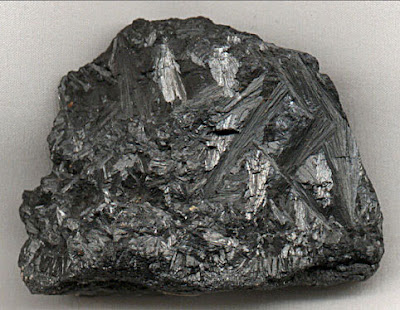
55Mn (half-life = 3.7 million years) and 54Mn (half-life = 312.2 days) are the most stable isotopes of Mn.

The radioactive isotopes of Mn are obtained from different types of nuclear reactions.

It has several radioactive isotopes with atomic mass ranges from 44 to 69. Naturally, occurring manganese has one stable isotope with an atomic mass of 55. The transition element, manganese present in food plants and animal bodies and plays an important role in the biological process. The large deposit of the elements may gain commercial significance in the future. More than 10 12 tones of such nodules have already been accommodated from the ocean water bed. It contains 15 to 30 percent of metal on a dry basis with copper, nickel, and cobalt. Manganese is found in a variety of minerals like pyrolusite (MnO 2) Hausmannite (Mn 3O 4), Braunite (Mn 2O 3) Manganese spar (MnCO 3) in Russia, India, South Africa, Ghana, Brazil, and Chile.Ĭolloidal particles of manganese are found on the ocean floor to form compact Mn nodules. It is the third most abundant transition metal after iron and titanium and the twelfth most abundant element among all periodic table elements. Manganese is a member of a transition metal that possesses the outer orbital electronic configuration 3d 5 4s 2. It is placed in group 7 and period 4 with d-block elements in the periodic table. The Latin magnes means magnet or from the black magnesium oxide magnesia nigra The +6 oxidation number or state is familiar to us in the compound potassium permanganate, KMnO 4, a strong oxidizing agent. The melting point and density of manganese are much lower than those of chromium suggesting more participation of d- electron in metallic chemical bonding. It formed a body-centered cubic crystal lattice. The metal was named in the Latin word magnesium from the old name pyrolusite. In chemistry, the element was isolated by another Swedish chemist Johan Gottlieb Gahn and studied by the Swedish chemist Carl Wilhelm Scheele in 1774.

The Swedish chemist Bergmann discovered the presence of manganese in the black magnesia but fails to isolate it.


 0 kommentar(er)
0 kommentar(er)
